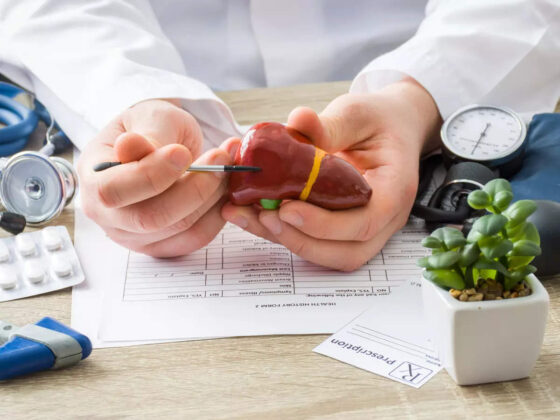Dr PN Renjen, Stroke Neurologist, Institutes of Neurosciences, Indraprastha Apollo Hospitals, New Delhi
Mucormycosis or black fungus, is one of the most severe post covid complication that was reported after the second wave this year. A rare type of fungal infection that occurs through exposure to fungi called mucormycetes can affect various parts of the body including the nervous system. These fungi commonly occur in leaves, soil, compost and animal dung. It is not contagious and most people do not develop symptoms while coming in contact with the fungi. It generally spreads through breathing in infected spores, eating contaminated food or getting spores of it on an open wound.
When these fungi form clots within the blood vessels, they tend to manifest stroke like symptoms. This fungal infection can spread rapidly and if not treated timely can cause harm to various parts of the body and also lead to severe complications. This nature of rapid spread is because of vascular invasiveness.
Generally, mucormycosis infection spread through bloodstream to affect another part of the body. When mucormycosis affects organ and tissues of the body, it causes nerve damage leading to blood clots. When these blood clots spreads to another part of the body they cause damage to other parts. Similarly when these clots spread to the brain they cause neurological manifestations.
However, increased risk of mucormycosis is in people who have severely weakened immune system like in Covid-19. Due to prolonged administration of steroids and subsequent immunocompromised state of health COVID patients are more affected by it. It is reported more in patients who have other comorbidities like diabetes, renal failure, cancer or who have undergone kidney/liver transplant and in patients who have been administered steroids for a long time. Also, in many people who have high blood sugar level and takes steroids, black fungus infection is reported because of their low immunity. When the immune system has been breached by another illness, fungi takes the advantage and invade human tissues.
How does it spread?
Typically, black fungus affects the face. Other body organ where it can occur are lungs, stomach and intestine, and skin. It enters the body through nasal passage and further travels from there to other body parts. In case of nervous system, black fungus enter through sinuses and then to eyes and brain. Also, if not checked it can be aggressive. It enters and block blood vessels, cutting off the blood supply to tissue and tend to manifest stroke like symptoms.
Who is at risk?
- People suffering from diabetics are more susceptible to the infection due to unstable sugar levels
- People who have been administered steroids
- Patients with blood related malignancies
- Patients on immunosuppressant’s like organ recipients
- Trauma, burns and malnourished people
Signs and Symptoms of Infection
Signs and symptoms of this infection depends on the part of the body which is affected. It commonly affects the sinuses and brain. The symptoms can be:
- Runny Nose
- Nasal or sinus congestion
- One-sided facial swelling
- Headache
- Fever
- Black discharge from the nose
- Dry black crusts in the nose
- Tissue death
Some of the patients in which black fungus is reported in the brain tissue also had symptoms like:
- Vomiting
- Nausea
- Brain Stroke
Infection with fungi can cause severe neurological complications in patients with low immunity and the involvement of Central Nervous System lead to fatal consequences. Some of the neurological problems are listed below.
- Meningitis
- Encephalitis
- Hydrocephalus
- Cerebral Abscesses
- Stroke syndrome
Diagnosis for Black Fungus
Early detection of the disease is the only key to survive from it. Healthcare professional by considering the patient history, symptoms and physical examination and some laboratory tests can detect the infection.Diagnosis can be:
- Endoscopy through telescope
- Culture or biopsy
- CT scans
- MRI, for knowing the extent of the disease
How can the risk be lowered?
- By educating society about the disease.
- Periodically checking samples of air in hospitals, especially in critical care unit, to check the presence of spores.
- Ensuring about the humidifiers used during oxygen therapy are sterile.
- Recovering patients should be advised to remain indoor or in isolation so as to not transmit the infection and also to regain immunity and natural strength.
- The risk of this fungus can be avoided by controlling the risk factors well; avoiding prolonged use of steroids.
- Wearing mask whenever going outdoors and maintaining proper hygiene of the masks.
Treatment for Black Fungus
While controlling blood sugar level, reducing steroid intake can lower the risk for Black fungus the treatment for it can be:
- Anti-fungal drugs treatment
- Surgery for removal of infected part to prevent rapidly invasive infection
To summarize, Black fungus, a severe complication of Covid-19 has come into limelight in second wave explicitly due to its increasing number of cases. The preventions for it is to reduce the risk factors related with the disease, educating the people about it, avoiding use of steroids and building immunity. Also, the early diagnosis of disease can be very beneficial in combating with it.











